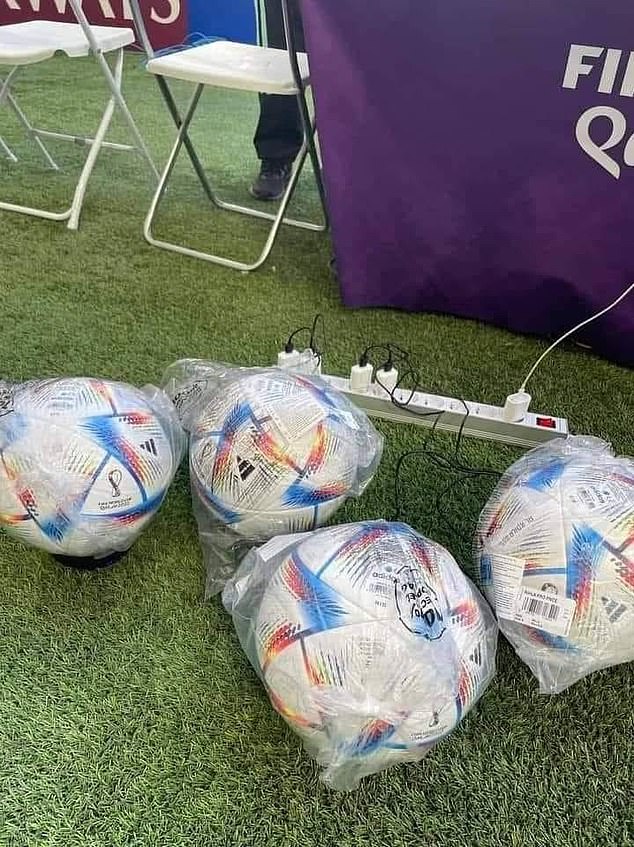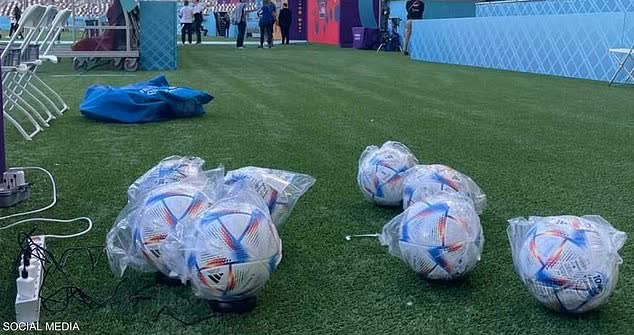Unlike the balls typically used in previous World Cups, the Al Rihla – the official ball of the 2022 World Cup – is unique. In addition to being inflated with air, this ball produced by Adidas must also be fully charged before each match. The sight of the Al Rihla ball being charged from an outlet outside the field has attracted significant attention from the online community.
In fact, this is completely understandable, as the Al Rihla ball is integrated with a series of the latest technologies.

Specifically, the “heart” of the Al Rihla is a special sensor cluster integrated within the ball, developed by KINEXON – a world-leading company in performance tracking for various sports.
The first device is an ultra-wideband (UWB) sensor, which is used to provide location data with unparalleled accuracy, far superior to Bluetooth or GPS. The data collected will be transmitted in real-time to continuously track the ball’s position during the match.
The second device is an inertial measurement unit (IMU) sensor – a type of sensor used to detect the subtle movements of an object in space.
Notably, the sensor system inside the Al Rihla ball can process data at a frequency of 500Hz, allowing all data obtained from the sensors to be processed quickly and accurately with very little error and delay.
Therefore, whenever the Al Rihla ball is kicked, headed, thrown, or even touched, the sensors will capture and process data at lightning speed. This data is then sent in real-time from the sensors to the local positioning system (LPS), which includes a series of network antennas installed around the stadium to receive and store instant data.
When a ball goes out of bounds during a match and a new ball is brought in as a replacement, KINEXON’s auxiliary system will automatically select the input data of the new ball without any human intervention.

It is known that the sensor cluster inside the Al Rihla is powered by a small battery. According to Adidas, this battery lasts for six continuous hours, or up to 18 days if not used. Before each match, each ball must be fully charged to be usable. Of course, in the event of a malfunction in the ball’s battery system, the system will immediately send an alert to the operation team. A new ball will be replaced so that the referees can monitor and make decisions in situations on the field.